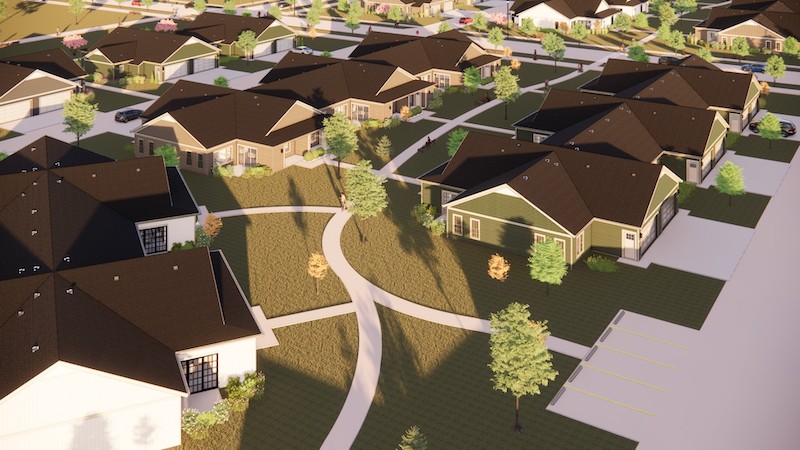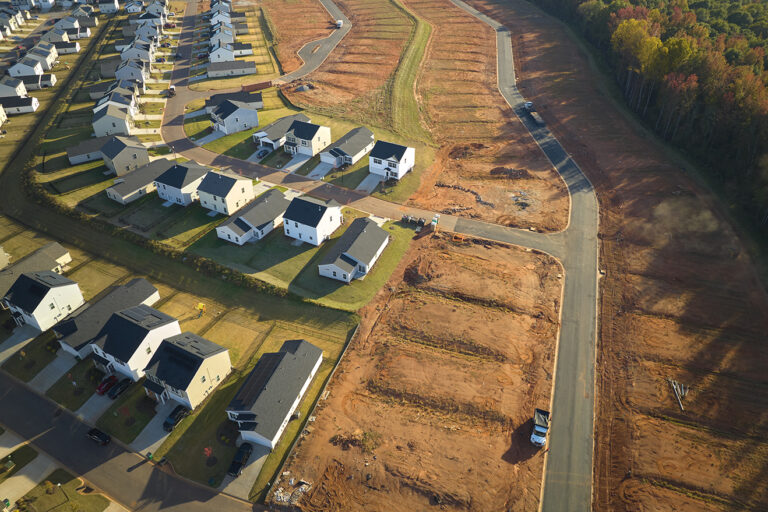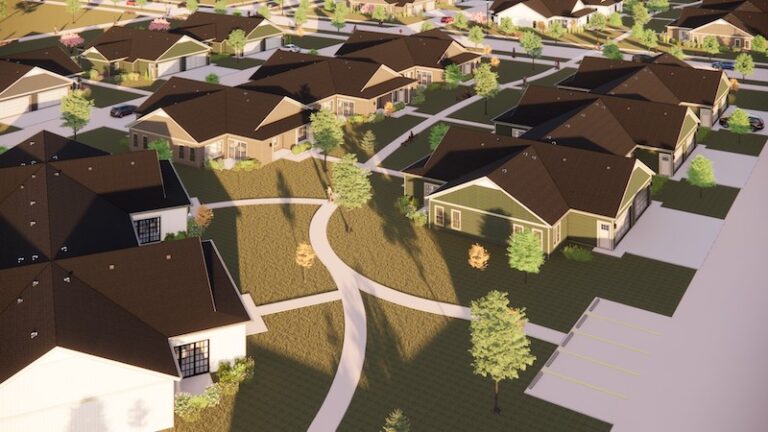A small niche that cannot be ignored. That’s how one Forbes article describes the build-to-rent (B2R) niche, but it won’t stay small for long. Rather than settling for a run-of-the-mill multifamily unit, some renters are opting for a single-family attached (SFA) residential experience with the benefits of a well-managed and amenitized community—a shift in preference that’s reshaping the housing landscape.
Source: Single-family built-to-rent: A new era of rental housing? By Mia Goulart published on July 6, 2023 for REjournals
A small niche that cannot be ignored. That’s how one Forbes article describes the build-to-rent (B2R) niche, but it won’t stay small for long. Rather than settling for a run-of-the-mill multifamily unit, some renters are opting for a single-family attached (SFA) residential experience with the benefits of a well-managed and amenitized community—a shift in preference that’s reshaping the housing landscape.
Heyday, founded by Ryan Swingruber and Josh Wohlreich, is one company taking the space by storm in Wisconsin.
Background
In 2013, Swingruber moved to Illinois and joined the Stoneleigh Company, based in Barrington, where he had the opportunity to meet Wohlreich. Spearheading their newly formed development team, Swingruber and Wohlreich undertook various projects across the U.S., and it was during this period that they recognized certain market deficiencies, particularly the absence of appropriate senior housing options for non-assisted living seniors seeking age-accessible communities.
Acknowledging the stigma associated with “senior living,” Swingruber and Wohlreich explored senior communities nationwide, and in doing so, crossed paths with Ed Weinstein, the principal of Weinstein AU, a Seattle-based architecture and urban design firm. Weinstein showed interest in their idea and sketched some designs for what Heyday now refers to as universal design, also called barrier-free design, emphasizing safety and accessibility for people of all ages and physical abilities and incorporating elements such as stair-free environments, open living spaces and wider doorways.
As their concept evolved, Swingruber and Wohlreich realized it had broader appeal beyond just seniors. It also appealed to renters who were tired of noisy neighbors and limited space, as well as former homeowners seeking a low-maintenance lifestyle, and more.
Once back in Illinois, Swingruber and Wohlreich pitched the idea to their company with no success. While the company was open to exploring the concept, building a business around it proved challenging. Still, they persisted. The new kind of community would be distinct from traditional multifamily buildings and would capture the pros of a single-family neighborhood—sans the burdens of homeownership—and thus, Heyday was born.
In 2020, Swingruber and Wohlreich decided to leave their company and join forces with Weinstein and the Cleveland-based firm Vocon to bring their vision to life. They chose Madison, Wisconsin, as the location for the first project, as they saw as a high-growth market with potential for easy expansion into the Twin Cities and beyond. While single-family renting was not a new concept, Heyday looked to emulate successful companies like Redwood that had already established themselves in other parts of the country.
“Imitation is the best form of flattery,” Swingruber said, “and while we’re not imitating them exactly, we look to them as a barometer to measure how they’ve grown and apply those to the markets that we’re interested in.”

Heyday Sun Prairie
Currently under construction is Heyday Sun Prairie, a 170-unit community managed by Daniel Management Group, Inc., located 20 minutes from Downtown Madison. The single-family community is located on a 41-acre site and will deliver 170 single-family one-, two-, and three-bedroom attached homes with the objective of creating an environment that captures the essence and lifestyle of single-family homes, exemplified through features like direct access two-car garages equipped with electric vehicle charging capabilities and ample green spaces. Each unit within the community includes a private covered porch and a private patio, designed to enhance the overall living experience and foster a sense of community, encouraging social interaction and creating a more communal atmosphere, unlike that of the traditional multifamily concept.
Among the advantages of this type of community is the multigenerational aspect of blending young families and retirees, contributing to a genuine sense of community. Unlike multifamily buildings, with a high turnover rate of 40-50% annually, the build-to-rent single-family segments have demonstrated higher retention.
But implementing these features does entail additional costs. To ensure a higher level of infrastructure for each home, a smaller portion of the property has been developed, resulting in increased expenses and higher rental rates. But from all the interest the community has received so far, Swingruber said the value outweighs the cost, and this is just the beginning. Although the design strategy was initially conceived as an alternative to independent or assisted living, the company hasn’t marketed as such and has witnessed interest from a broader demographic, including baby boomers and millennials, and Swingruber predicts that the demand for SFA housing will only continue to grow as more individuals choose to rent instead of own.
“Interestingly,” Swingruber said, “major national builders have shifted away from constructing entry-level homes due to challenges in generating sufficient profits. Consequently, finding an entry-level home is becoming increasingly difficult, and if one is found, it often requires updates, which adds to the cost. The aim of our product is to fill the void for entry-level single-family housing in desirable locations within metropolitan areas.”
Preleasing for the community started earlier this year, with move-ins anticipated to begin this month, and Roger Daniel of Daniel Management Group agreed the concept is taking off. Not to mention, the project has been well-received by the surrounding community for their lower footprint in comparison to that of a multifamily building.
“There’s less pushback from the community in terms of the nature of the product,” Daniel said, “and Heyday has been conscientious, as well, about developing amenities that will serve the broader community.”




